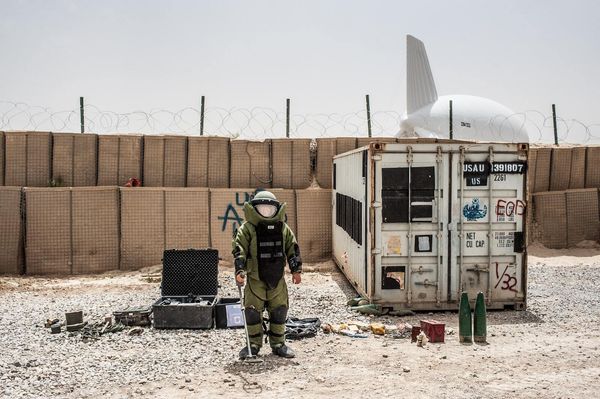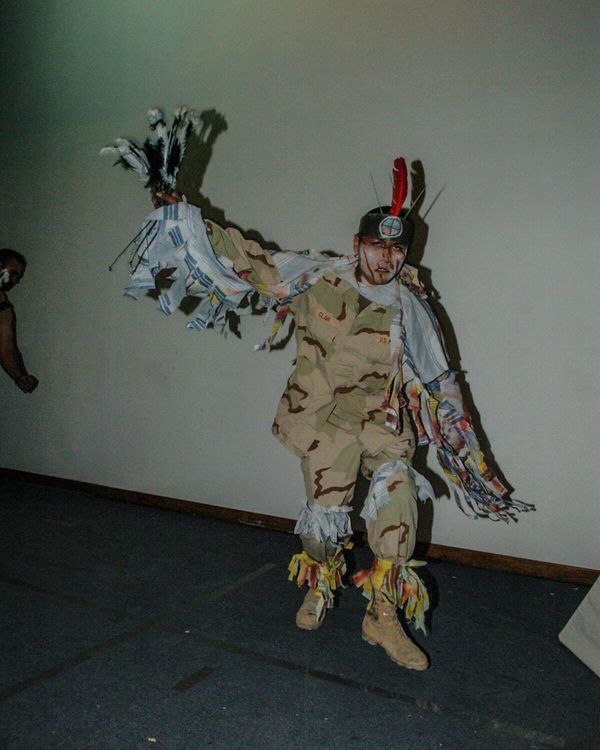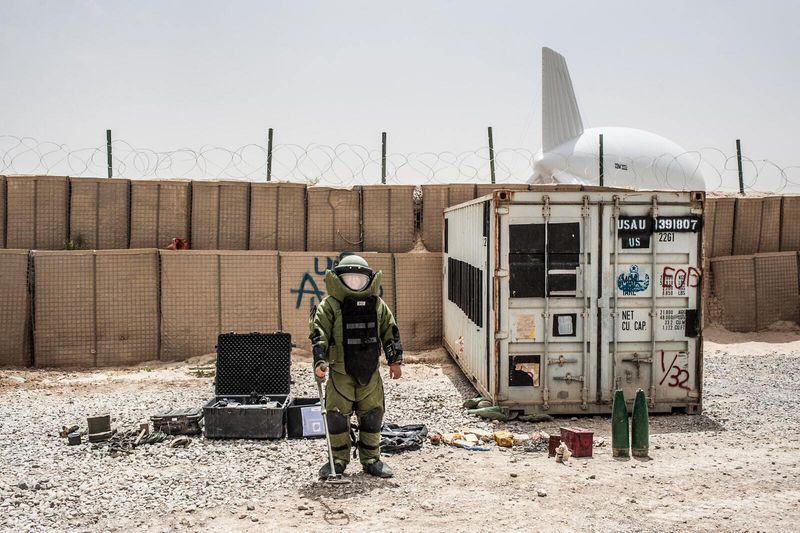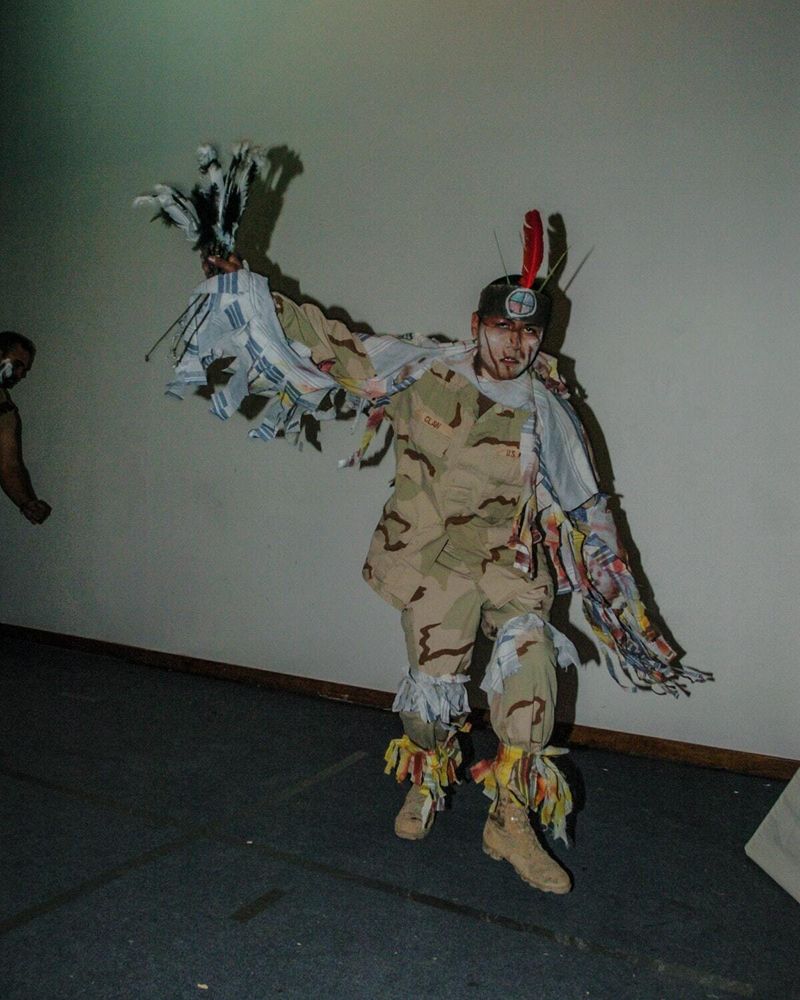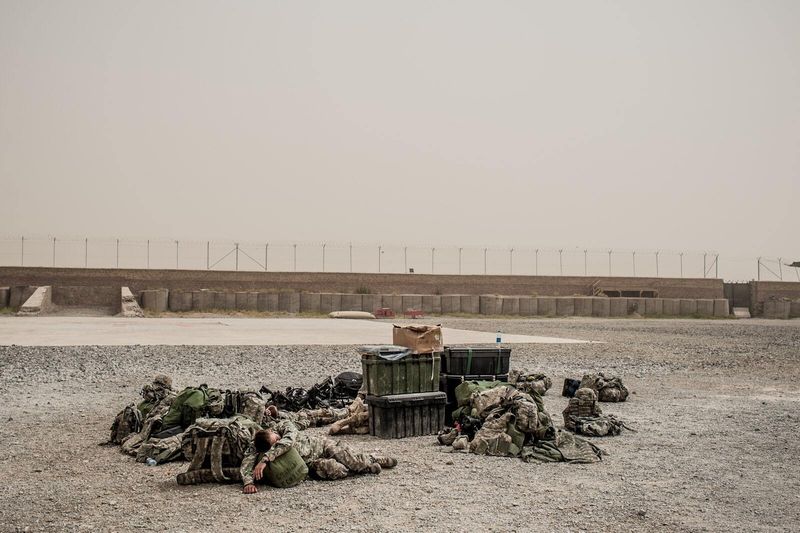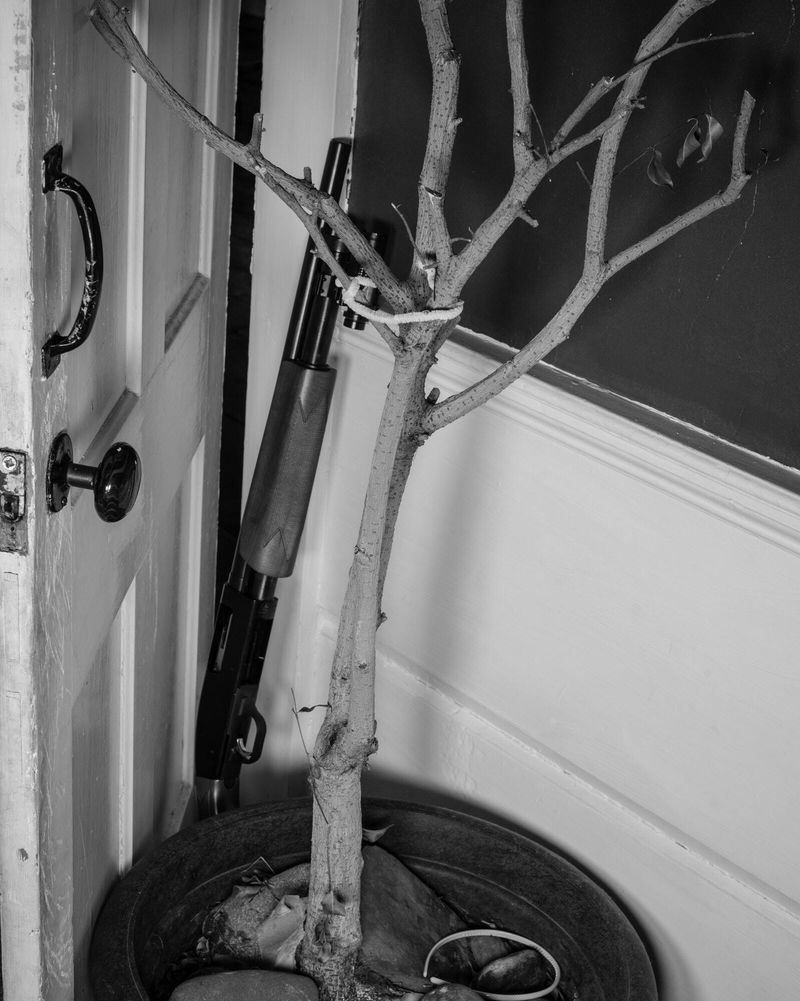A Visual Alphabet of the Wars in Iraq and Afghanistan
-
Published23 Oct 2019
-
Author
A combat cameraman in Iraq before becoming a photojournalist covering the conflict in Afghanistan, Ben Brody reflects on the iconography of war in a book compiled of images borrowed from his extensive personal archive.
A combat cameraman in Iraq before becoming a photojournalist covering the conflict in Afghanistan, Ben Brody reflects on the iconography of war in a book compiled of images borrowed from his extensive personal archive.
“Time to reenlist. Failure to respond could result in discharge.” Ben Brody’s latest book, published with Red Hook Editions, features on its cover a deconstructed letter from the army. “The language they use - immediately, failure, discharge - is absurd, ridiculous and funny, but it grabs your attention”, Brody comments. By doing so, he unequivocally suggests that the army’s visual language is as framed as their words. “The doctrine was to photograph the war in a way that justified its existence and exaggerated its accomplishments”, he writes in his book Attention Servicemember. And to illustrate his words, he adds, “Photograph the bombs, the guns, and the helicopters for all their ravenous beauty, but don’t photograph the obscenity of what they did to human bodies.
He explains transparently the limitations he faced as a combat photographer for the American army – he couldn’t photograph the other side, couldn’t aim his lens at injured US soldiers nor depict any failure. He writes: “it was hard to translate the bloodbath in Iraq into any visual representation of a noble cause” and recalls one of his stories being killed by his superior because “it was ‘too negative,’ meaning that my account didn’t conform to his tightly scripted vision of what victory was supposed to look like.” Far from being frustrated by the situation, Brody decided that photographing the theatrics in a straightforward way was the more revealing strategy. And so did it.
His goal is not to denounce though. Rather, he explains, "field manuals were a huge inspiration for the design of the book. If the intent was to convey how confusing, disorienting and corrosive war is we could have done it but I felt it was better to be as simple as a military field manual”, he says. The book includes drawings, photographs he took as “an ordinary person who was an ordinary soldier”, as well as those he shot on the field as a photojournalist embedded within the US Army. He even includes appropriations of one of his images by various mediums. Yet, he doesn't use any captions, leaving it to the viewer to decipher.
No matter the diversity of perspectives and contexts, the narrative is always biased - the US Army doesn’t accept critical journalists; the American public expect to see soldiers depicted as superheroes; and soldiers themselves take on poses inspired by Hollywood and video games.
Flipping through the images, we realise how deeply established the iconography of war is. Yet, Brody appropriates different visual strategies to try and challenge it. In the book, they are served by a sharp sequencing that mixes tender, surprising, at times funny situations with those of straight war – interventions, explosions, and dead bodies covered with flies. In both the words and images, he alternates violence and poetry. A soldier passes a fence, only a pink laurel flower at the level of his chest standing out of the monochromatic photograph. The fragility of war transpires by hints. An injured soldier, out of focus. Fearful eyes. A sleeping soldier, vulnerable. A tank destroyed in a hundred pieces, hidden under a tarpaulin. Tents whose holes in the canvas appear like a star-filled sky.
Moon and nature keep coming back in the text. An ally. A metaphor for life. Framing the book, black and white images of forest and his relatives contrast with those from the field. “Photographing from my perspective. I’m trying to deal visually with what trauma looks like and what objects around me I’m responding too”, he explains. “I’m not a person who wants to be an exhibitionist, but I felt I had no choice if I wanted the book to hit the way it does. It’s the most important part of the book and what makes it different from a typical war photobook. I thought it could be a useful way for people to understand how much our culture has been affected by these wars”. Closing the book, a photograph of a broken tree reproduces the peace symbol. Or a standing man. And I can’t help but seeing in this image a metaphor of Brody.
--------------
Attention Servicemember by Ben Brody
Published by Red Hook Editions
Softcover, open spine with linen band // 304 pages // 17 x 24 cm // From US$40
--------------
Ben Brody is an independent photographer, educator, and picture editor working on long-form projects related to the American wars in Iraq and Afghanistan, and their aftermath. Follow him on PHmuseum and Instagram.
Laurence Cornet is a writer and curator based in Paris focusing on cultural and environmental issues. She is also the editorial director of Dysturb.
